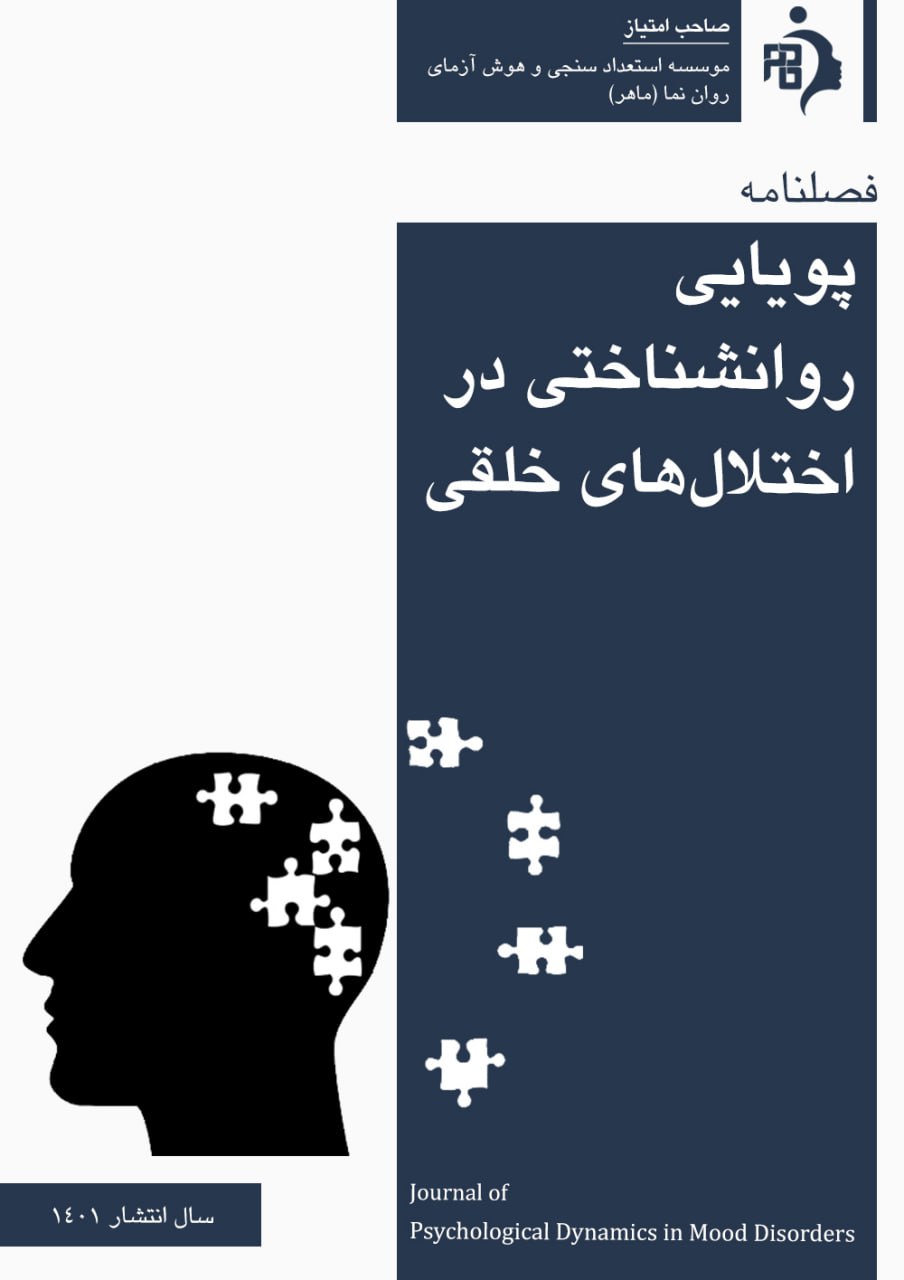Presenting Structural Model of Emotional Eating in People with Obesity based on Self-Regulation with the Mediating Role of Emotional Processing
Keywords:
Emotional Eating, Self-Regulation, Emotional Processing, ObesityAbstract
The purpose of this study was to Presenting Structural Model of Emotional Eating in People with Obesity based on self-regulation with the Mediating Role of Emotional processing. The research method is correlation using structural equation modeling. The statistical population of this study consisted of all people with obesity in Tehran in 1397, out of whom 378 were selected by stage sampling. Research tools were Emotional Eating Duch's (1986), self-regulation Carey & et al, (2004) and Emotional Processing Bakker et al.'s (2010) Questionnaire. Structural equation modeling was used to answer the research hypotheses. The results showed that there was a direct and negative effect between self-regulation and emotional eating. There is an indirect and positive effect between self-regulation and emotional processing. And there is an indirect and negative effect between emotional processing and emotional eating. Therefore, it can be concluded from the results that self-regulation affects emotional eating with the mediating role of emotional processing in obese people. Therefore, attention to the mentioned variables in the prevention and design of appropriate therapies helps researchers and therapists.




























